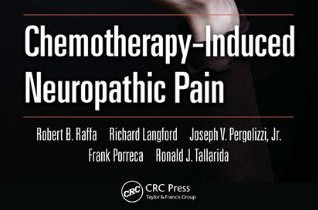Treating Post-Mastectomy Pain Syndrome
Oftentimes, our patients come in with problems that they are told cannot be treated when they go to other doctors. Something our pain management physician, Dr. Nicole Ferro, is happy to offer is the treatment for Post-Mastectomy Pain Syndrome (PMPS).
What is PMPS?
PMPS stands for post-mastectomy pain syndrome, which is chronic pain related to nerve irritation after the surgical removal of breast tissue.
What are the common symptoms of PMPS?
Many people who suffer from this PMPS experience a sharp, burning, constant pain that usually starts beneath the armpits and wraps around the center of the chest. Sensations may also affect the upper portion of the arm and shoulder. Pain is often made worse with deep breaths, activity, and cold weather.
How is PMPS treated?
There are many conservative treatments that can be tried in combination to help ease pain symptoms. Physical therapy, topical compound creams, acupuncture, myofascial massage, supportive rib belts, and over-the-counter medications are a few of the methods tried first. When these measures fail to reduce pain symptoms, a nerve block can be tried. An intercostal nerve block is a simple and effective way to manage pain in this area. On average, nerve blocks with corticosteroids provide about 2-3 months of relief, and if effective, an ablation procedure can be completed to provide even longer-lasting relief of pain symptoms.
Are there any risks to the procedure?
Risks are minimal but include the possibility of bleeding and infection. Due to the location of the injection along the ribs, there is also a small risk that the needle may puncture an area of the lung. For this reason, these procedures are completed with image guidance such as ultrasound or x-ray.
How successful is the treatment you offer?
The majority of people suffering from post-mastectomy pain respond well to image-guided nerve blocks. When these injections are successful, there is excellent certainty that the ablation procedure will provide adequate pain relief for up to 8-12 months.
What made you want to treat this condition?
Post-mastectomy pain syndrome can be severely debilitating, especially after the hard road of overcoming a cancer diagnosis. Usually, people who have these symptoms are advised to see their surgeons for help, but the thought of another surgery can be very daunting at this stage in the healing process. Working alongside the breast and plastic surgeons within our practice has provided me with the unique opportunity to develop a treatment plan for this condition that is often easily overlooked. I enjoy the times that I can work together collectively with my patients and their other care providers to help eliminate any setbacks on their road to recovery.




